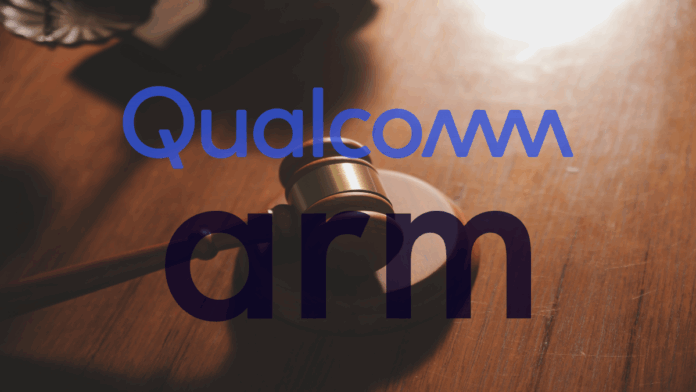Judge dismisses remaining claims in Qualcomm licensing dispute, but Arm vows to appeal ruling
Qualcomm and its subsidiary Nuvia have secured a decisive legal victory over Arm Holdings, concluding a multi-year dispute over the scope of license agreements tied to Arm’s processor designs.
A U.S. District Court judge in Delaware ruled that neither Qualcomm nor Nuvia breached Arm’s Architecture License Agreement (ALA), dismissing the remaining claim in the case and denying Arm’s request for a new trial. The decision follows a jury verdict in December 2024 that had already cleared Qualcomm of violating Arm’s ALA and Technology License Agreement (TLA).
The dispute
At the heart of the case was Qualcomm’s use of Oryon cores — originally developed by Nuvia for server-grade chips — in its Snapdragon X processors based on Arm’s v8 instruction set. Arm argued that when Qualcomm acquired Nuvia in 2021, it was obligated to renegotiate licensing terms, and that Nuvia’s pre-existing licenses could not transfer to new ownership. Arm further demanded that the Oryon-based designs be scrapped.
Qualcomm countered that its own ALA with Arm already extended to its subsidiaries, including Nuvia, and therefore, covered Nuvia’s designs.
“With the Court’s decision today, Qualcomm and its subsidiary Nuvia have achieved a full victory,” said Ann Chaplin, general counsel and corporate secretary at Qualcomm. “This decision follows Qualcomm’s December 2024 jury trial win and is a full and final judgment in Qualcomm’s favor. Our right to innovate prevailed in this case and we hope Arm will return to fair and competitive practices in dealing with the Arm ecosystem.”
Timeline of events
- September 2021: Arm sues Qualcomm and Nuvia, alleging license violations tied to processor designs.
- January 2023: Discovery phase begins.
- December 2024: Jury trial begins
- October 2024: Arm terminates a license that allowed Qualcomm to design chips based on Arm IP, escalating tensions.
- December 2024: Jury finds Qualcomm did not breach its ALA or TLA but deadlocks on whether Nuvia violated its original Arm licenses.
- September 2025: Court rules in Qualcomm’s favor, dismissing the case entirely.
What’s next
The ruling closes a contentious chapter between two of the semiconductor industry’s most important players, affirming Qualcomm’s ability to continue deploying its Oryon cores across Snapdragon products while limiting Arm’s leverage in disputes over how licenses extend following acquisitions. However, the legal battle may not be over just yet — Arm has stated that it will “immediately file an appeal seeking to overturn the judgment,” signaling that the dispute between the two companies could continue in the courts.

